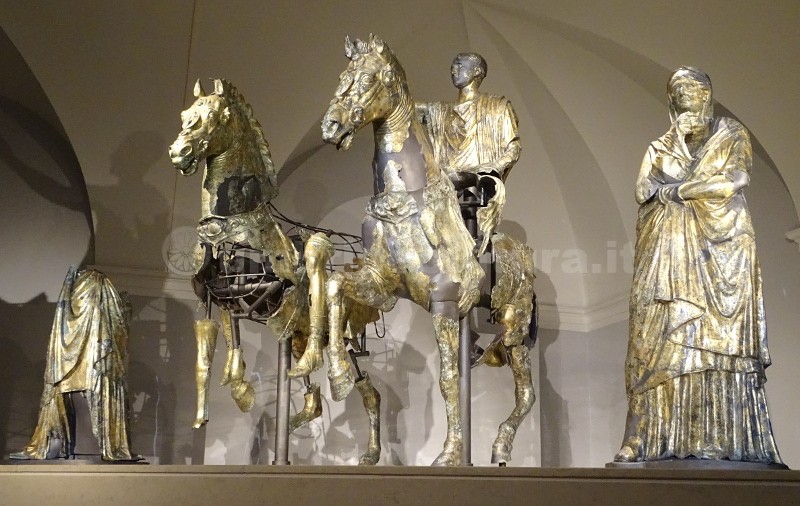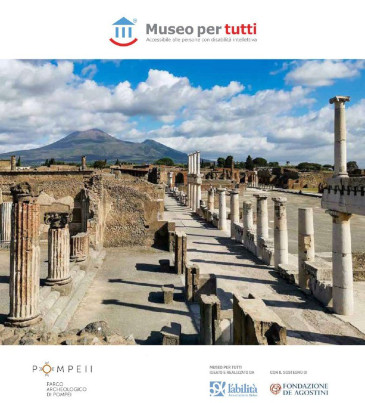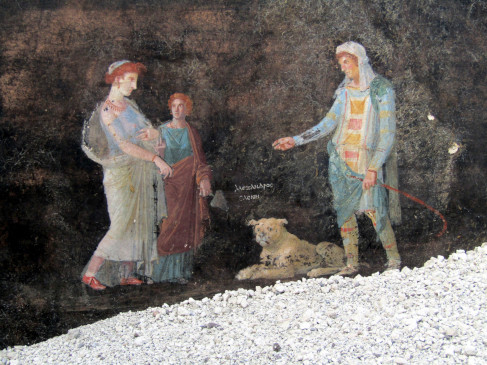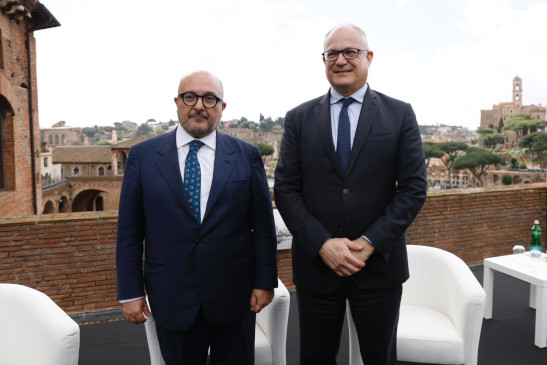In Pergola, a small town in the Marche region, there is a treasure unique in the world, a very important example of Roman statuary of enormous historical and artistic importance: the group of the Gilded Bronzes from Cartoceto.
The Bronzes, known as “Golden Bronzes from Cartoceto di Pergola” is one of the few equestrian groups from the Roman era that have come down to our times.
The sculptures were brought to light by some farmers in 1946 in S. Lucia di Calamello in Cartoceto, near Pergola, during an excavation for the construction of a water outflow channel.
The sculptural group is probably a family group, originally made up of two veiled female figures and two knights in high-ranking military clothing, whose horses are harnessed with harnesses preciously decorated with images of the protective deities: Jupiter, Venus, Mars, Juno, Minerva, Mercury.
The Gilded Bronzes from Cartoceto di Pergola, made with indirect lost wax in a copper alloy rich in lead and gilded, is not a work of art in an aesthetic sense, made only for decorative purposes, but contained a very important political meaning: its presence was intended to spread and make known to the people the authority of a powerful family or person and its role in public life.
The first studies identified the two best preserved bronzes as Livia, wife of Augustus, and Nero Caesar, the son of Germanicus, contextualising them in the imperial family Giulio-Claudia within the third decade of the first century. The current studies, however, would date the group to the Cesarian age (third twenty-five years of the first century), and would represent a patrician family perhaps linked to the Marche region.
The sculptural group is exhibited in the Pergola museum where visitors can live an immersive experience thanks to a well-kept videomapping that traces the entire history of the bronzes since their discovery.
In addition to the gilded bronzes, the Pergola museum houses some works of absolute importance such as the Polyptych of the Church of San Giacomo, dated to the early 16th century, the section of ancient coins up to the statue of San Secondo, patron saint of Pergola.
In every corner of the beautiful country artistic, sculptural and architectural jewels are hidden which, in most cases, are unfortunately almost unknown.
Giulio Pocecco
Find the Golden Bronzes from Cartoceto di Pergola on Google Maps:




